What is a high integrity consumer unit and when should it be used?
Often hidden away from view, the consumer unit is the central hub of the home’s electrical network from where all circuits are connected to the main supply and isolated when required. Protecting circuits, appliances and crucially the occupants, it is in many ways, the single most important electrical device in the home. Yet it’s only…
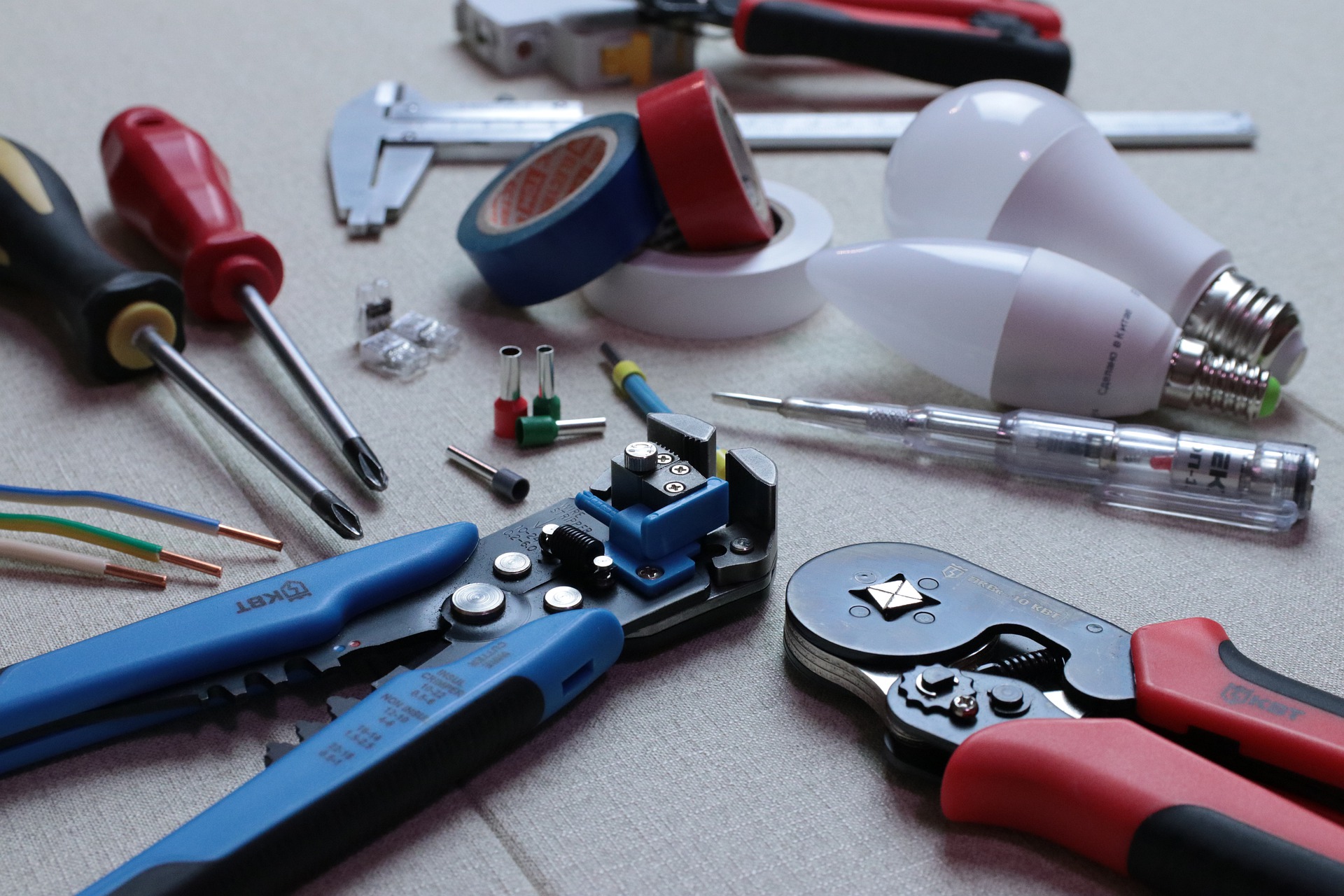
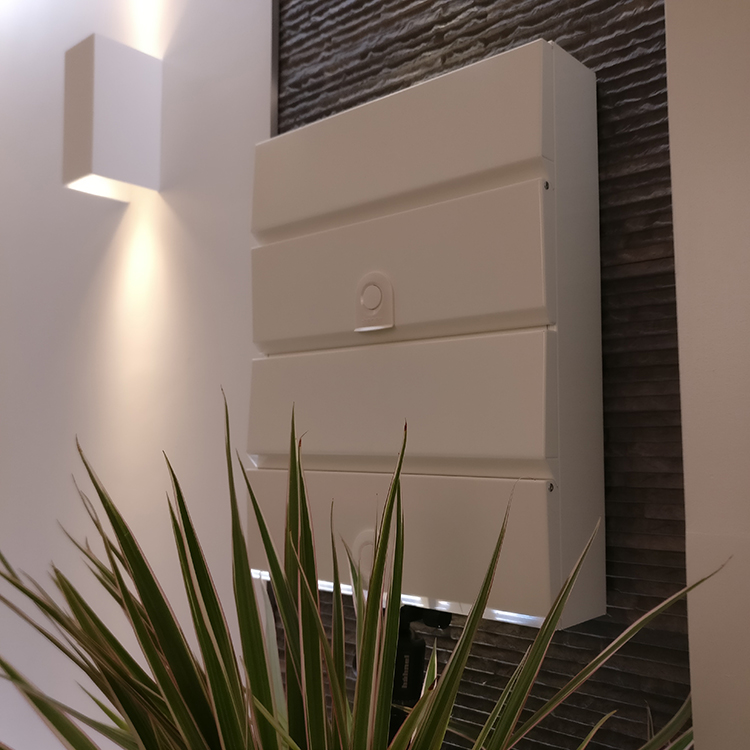
Often hidden away from view, the consumer unit is the central hub of the home’s electrical network from where all circuits are connected to the main supply and isolated when required.
Protecting circuits, appliances and crucially the occupants, it is in many ways, the single most important electrical device in the home.
Yet it’s only on those rare occasions when rewiring our homes that we give any thought to this box of wires and devices that allows us to live our comfortable modern lives.
Every home, just like the people living within, is different. There are consequently vast differences in the way that electricity is consumed and thus distributed throughout the dwelling.
However, since the rules that govern how circuits are protected in the UK are quite precise there are surprisingly few types of consumer unit. In fact, (ignoring size, enclosure type and manufacturer) there are only four:
1. ‘Main Switch’
2. ‘Dual RCD’ (also known as ‘Split Load’)
3. ‘High Integrity’
4. ‘RCD Incomer’
These four types – in combination with the circuit protection devices they house – MCBs, RCBOs and RCDs – allow for infinite configurations and circuit design.
For much of the last decade, the Main Switch and Dual RCD boards have reigned but the relative newcomer – the High Integrity consumer unit is beginning to take over. Before we look at it in detail, let’s first remind ourselves of the context in which it was born.
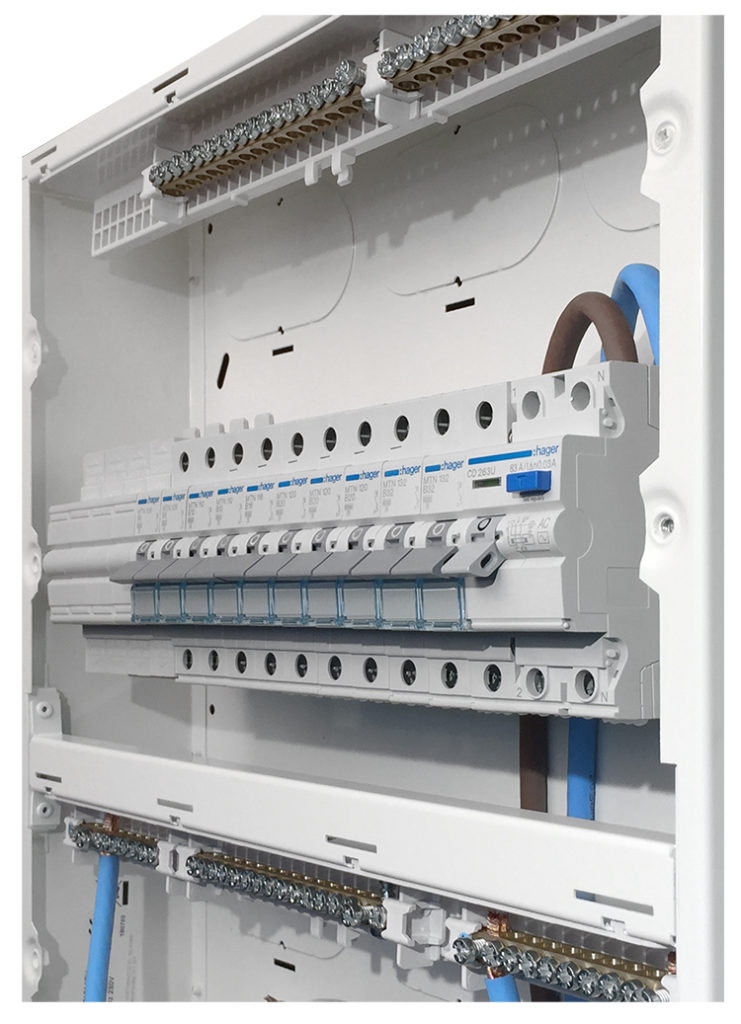
Context:
In seeking to improve safety, the 17th Edition Wiring Regulations, released in January 2008, introduced one of the most significant pieces of legislation determining how circuits are protected. In essence it stipulates that all circuits must be protected against earth leakage.
Earth Leakage describes the fault situation in which electricity leaks or is lost from a circuit. Electricity, like water, seeks the path of least resistance and if that pathway happens to be a human then they will receive an electric shock – which of course can be fatal.
It is also useful to remember what the protection devices are and what they do:
- MCB – Mini Circuit Breaker. Costing between £2 and £3. Protects cables from overload, thus preventing fire and protecting appliances. All circuits must be protected from overload…even prior to the 17th Edition.
- RCD – Residual Current Device – Costing between £20 and £40. Protects a group of circuits and bank of MCBs against earth leakage. When earth leakage is detected on one circuit, the RCD will cut power to all the circuits it is protecting… which may be very undesirable if afault with the garden lighting cuts power to your freezer or fire alarm.
- RCBO – Residual Current Breaker with Overload. Costing between £15 and £25. As the name suggests, a combination of both MCB and RCD, an RCBO protects against both overload and earth leakage.
A popular solution which answered the demands of the new 17the Edition Regulations was – and indeed still is – the ‘Dual RCD’ consumer unit. Housing two banks of MCBs protected by two RCDs, the dual RCD board is both inexpensive – so liked by the home owner – and easy to configure, so often chosen by the electrician.
The problem with dual RCD boards is that they offer virtually no circuit separation and to reiterate that which is stated above – When earth leakage is detected on one circuit, the RCD will cut power to all the circuits it is protecting, which could cause serious problems for the homeowner, depending on what circuits are under that RCD.
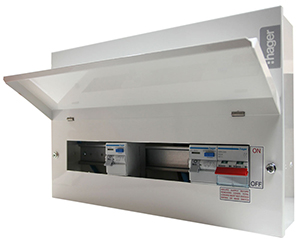
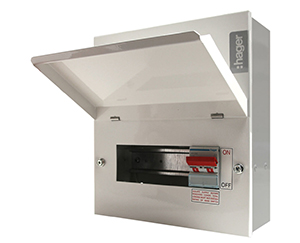 Dual RCD Board Main Switch Board
Dual RCD Board Main Switch Board
On the other hand one could employ a ‘Main Switch Board’, in which all circuits are protected against earth leakage independently by RCBOs. This offers total circuit separation, but since RCBOs are considerably more expensive than MCBs, this solution comes at a price.
The High Integrity Consumer Unit
A compromise was needed – a consumer unit which offered the best of both solutions at an affordable price and recognising this need the well-known British manufacturer, Wylex introduced the High Integrity Consumer Unit.
With three neutral bars the HI unit allows for two banks of RCD/MCB protected circuits and a further bank of individually protected RCBO circuits. Indeed, it may be thought of as a combination of a Dual RCD and Main Switch board.
The MCBs and RCDs are used for whatever the homeowner considers ‘standard’ circuits, for example lighting, sockets, oven and electric shower. If any of these circuits suffer earth leakage it doesn’t really matter that the RCD cuts power to all the circuits on that bank. This is a cost effective way of protecting multiple circuits from earth leakage simultaneously.
Meanwhile the RCBOs are used on circuits that are considered ‘mission critical’ and should be separated from all other circuits and potential nuisance tripping. It is important to note that what one person considers ‘standard’ and ‘mission critical’ can be very different from someone else.
The image shows an example lay out of a 10 way HI unit. (The colours are merely for illustrative purposes).
Here we can see two RCBO circuits protecting the smoke alarm and stairwell lighting circuits, and 8 MCB circuits, in two separate banks under each of the RCDs.
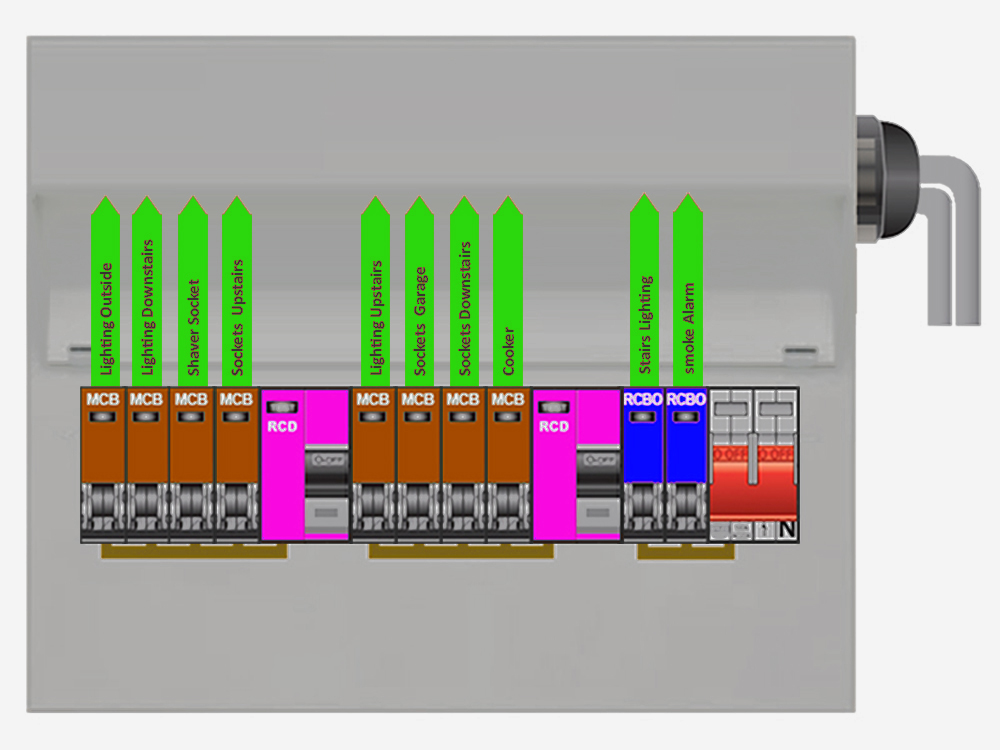
The more popular High Integrity consumer units tend to be larger, offering 20 to 34 ways. This is because larger properties have many more circuits and usually more varied uses of electricity.
These larger units are supplied in ‘Duplex Enclosures’ with two rows of circuits, such as the model pictured – the 26 way VML71214CU from Hager.
- Bottom Row
- 1.1. Main Switch (red toggle)
- 1.2. Next to this, 6 RCBOs, (with yellowlabels and blue fly leads)
- 1.3. RCD 1
- 1.4. 6 x MCBs
- Top Row2.1. RCD 2
2.2. 10 x MCBs
2.3. 6 x Blanks for future circuits
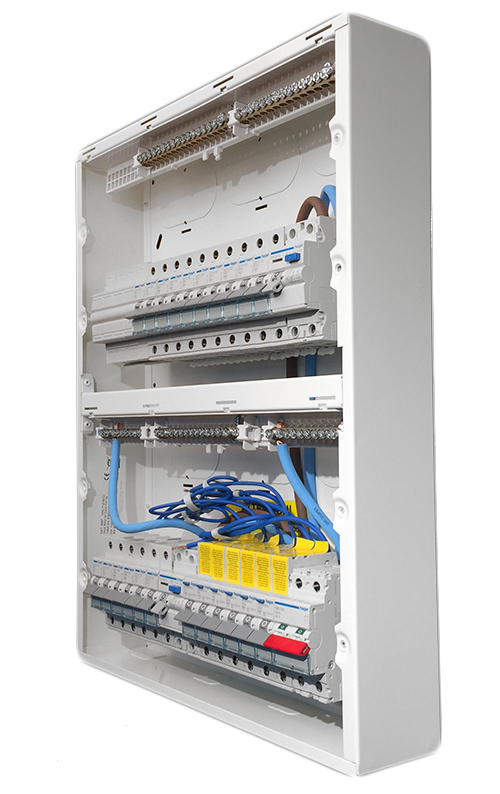
Modern electricity requirements in the UK are becoming ever more demanding and varied, such as Jacuzzi baths, garden offices, home entertainment systems, tropical fish tanks, intelligent lighting systems, security and fire alarms, door entry systems etc etc.
For this reason HI units have grown rapidly in popularity, offering much greater flexibility over circuit design with the dual benefit of circuit separation and inexpensive earth leakage protection.
Information supplied by Consumer Unit World
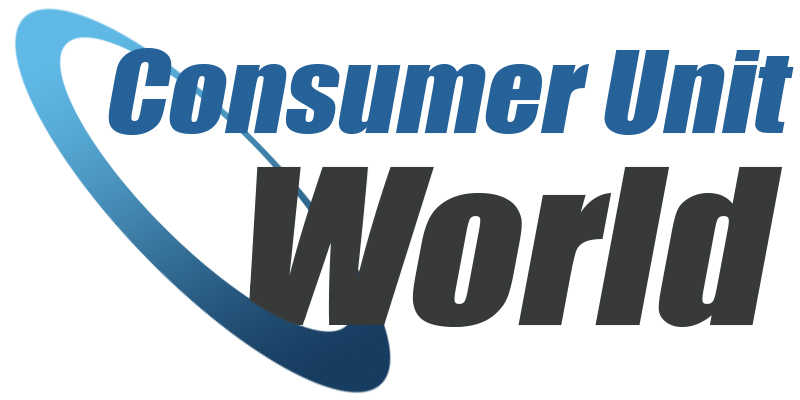


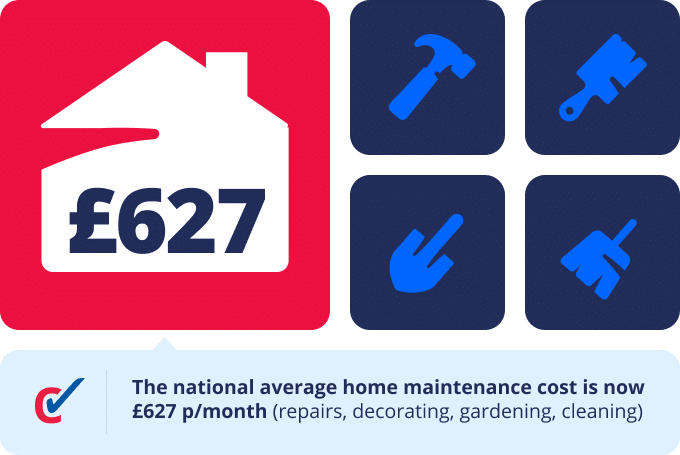
Plumbers Doncaster
It is not a bad idea, its better to create something stylish for something that is standard in every home rather than hide it away in a cupboard